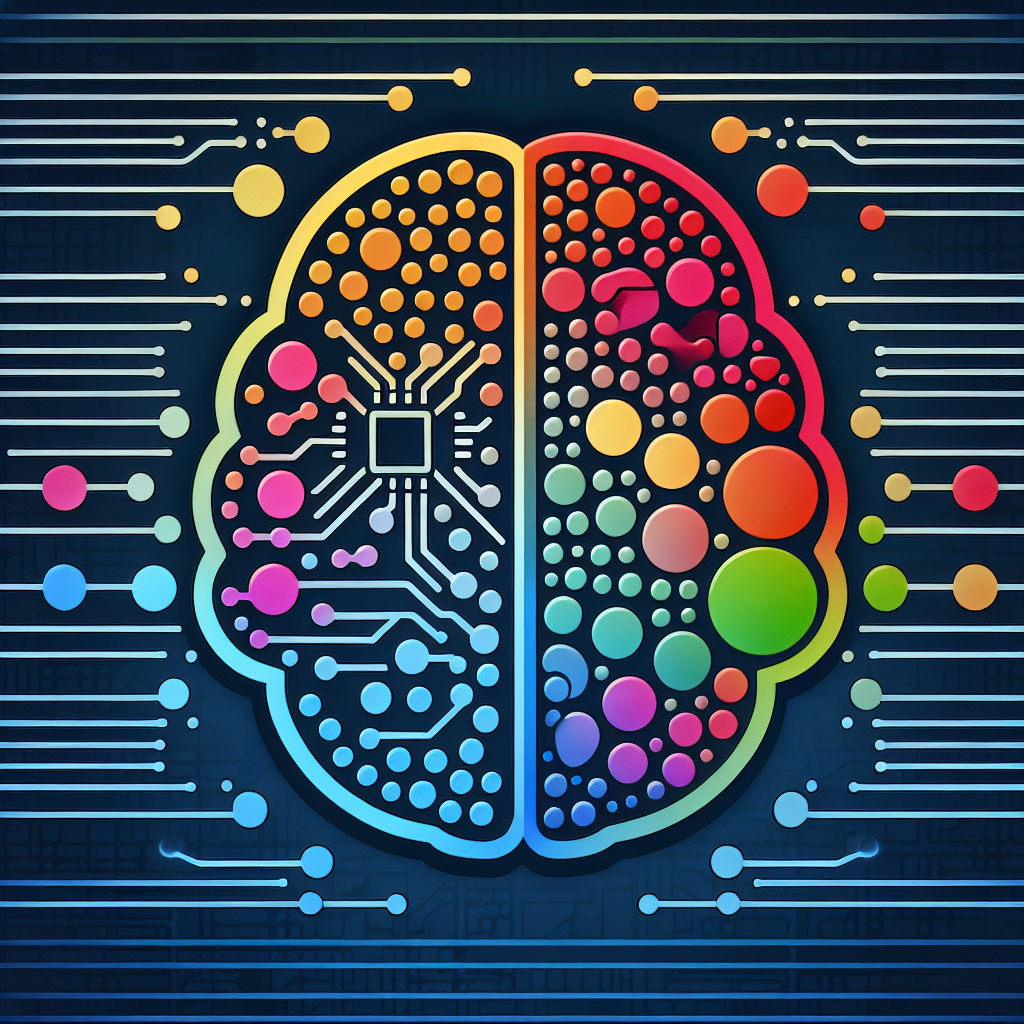Using AI to Identify and Address Learning Disabilities
Learning disabilities affect millions of people worldwide, making it difficult for them to acquire new skills and knowledge at the same pace as their peers. These disabilities can significantly impact a person’s academic and professional success, as well as their overall quality of life. However, with advancements in technology, specifically artificial intelligence (AI), there is now a promising solution to help identify and address learning disabilities more effectively.
AI is revolutionizing the field of education by providing innovative tools and methods to support individuals with learning disabilities. By leveraging AI algorithms and machine learning techniques, educators and healthcare professionals can now accurately identify and diagnose learning disabilities early on, enabling them to provide targeted interventions and personalized support to those in need. In this article, we will explore how AI is being used to identify and address learning disabilities, as well as its potential benefits and challenges.
Identifying Learning Disabilities with AI
One of the key advantages of using AI to identify learning disabilities is its ability to analyze vast amounts of data quickly and accurately. AI algorithms can process information from various sources, such as standardized tests, behavioral assessments, and academic performance metrics, to detect patterns and trends that may indicate the presence of a learning disability. This data-driven approach enables educators and healthcare professionals to make informed decisions about the most appropriate interventions for each individual.
For example, AI-powered assessment tools can analyze a student’s reading fluency, comprehension, and vocabulary skills to identify potential difficulties with dyslexia or other reading disorders. Similarly, AI can analyze a student’s math performance to detect signs of dyscalculia, a learning disability that affects mathematical abilities. By using AI to screen for learning disabilities, educators can intervene early and provide targeted interventions to help students overcome their challenges and succeed in school.
Addressing Learning Disabilities with AI
Once a learning disability has been identified, AI can be used to develop personalized interventions and support strategies to address the specific needs of each individual. AI-powered educational platforms can adapt learning materials and activities to accommodate different learning styles and preferences, making it easier for students with learning disabilities to engage with the content and master new skills. These adaptive technologies can also provide real-time feedback and guidance to help students stay on track and monitor their progress over time.
In addition to personalized learning experiences, AI can also support students with learning disabilities through virtual tutoring and mentoring programs. These virtual assistants can provide one-on-one support and guidance to help students with their homework, assignments, and study skills. By leveraging AI-powered tutoring services, students can receive the individualized attention and support they need to succeed academically, regardless of their learning disabilities.
Benefits of Using AI to Identify and Address Learning Disabilities
There are several benefits to using AI to identify and address learning disabilities, including:
1. Early Intervention: AI can help educators and healthcare professionals identify learning disabilities at an early age, enabling them to provide timely interventions and support to help students overcome their challenges.
2. Personalized Support: AI-powered educational platforms can adapt learning materials and activities to accommodate the specific needs of each individual, making it easier for students with learning disabilities to succeed in school.
3. Improved Outcomes: By leveraging AI-powered tutoring and mentoring programs, students with learning disabilities can receive the individualized support and guidance they need to achieve academic success and reach their full potential.
Challenges of Using AI to Identify and Address Learning Disabilities
While AI has the potential to revolutionize how we identify and address learning disabilities, there are also challenges and limitations to consider. Some of the key challenges include:
1. Access and Equity: Not all students may have access to AI-powered educational tools and resources, potentially exacerbating existing disparities in education and healthcare.
2. Privacy and Data Security: AI algorithms rely on vast amounts of personal data to identify learning disabilities, raising concerns about privacy and data security for students and their families.
3. Ethical Considerations: There are ethical implications to consider when using AI to make decisions about a person’s learning abilities, including concerns about bias and fairness in the assessment process.
FAQs
Q: Can AI accurately identify learning disabilities?
A: AI algorithms can analyze data from various sources to detect patterns and trends that may indicate the presence of a learning disability. While AI can provide valuable insights, it is essential to validate the results with additional assessments and evaluations by qualified professionals.
Q: How can AI support students with learning disabilities?
A: AI-powered educational platforms can adapt learning materials and activities to accommodate different learning styles and preferences, provide personalized feedback and guidance, and offer virtual tutoring and mentoring services to help students with their academic challenges.
Q: What are the potential benefits of using AI to identify and address learning disabilities?
A: Some of the key benefits include early intervention, personalized support, improved outcomes, and enhanced educational experiences for students with learning disabilities.
Q: What are the challenges of using AI to identify and address learning disabilities?
A: Challenges include access and equity issues, privacy and data security concerns, and ethical considerations related to bias and fairness in the assessment process.
In conclusion, AI has the potential to transform how we identify and address learning disabilities, offering innovative solutions and personalized support to help individuals overcome their challenges and succeed academically. By leveraging AI-powered educational tools and resources, educators and healthcare professionals can provide targeted interventions and support strategies to help students with learning disabilities reach their full potential and achieve academic success. While there are challenges and limitations to consider, the benefits of using AI to support individuals with learning disabilities are significant and promising for the future of education and healthcare.

